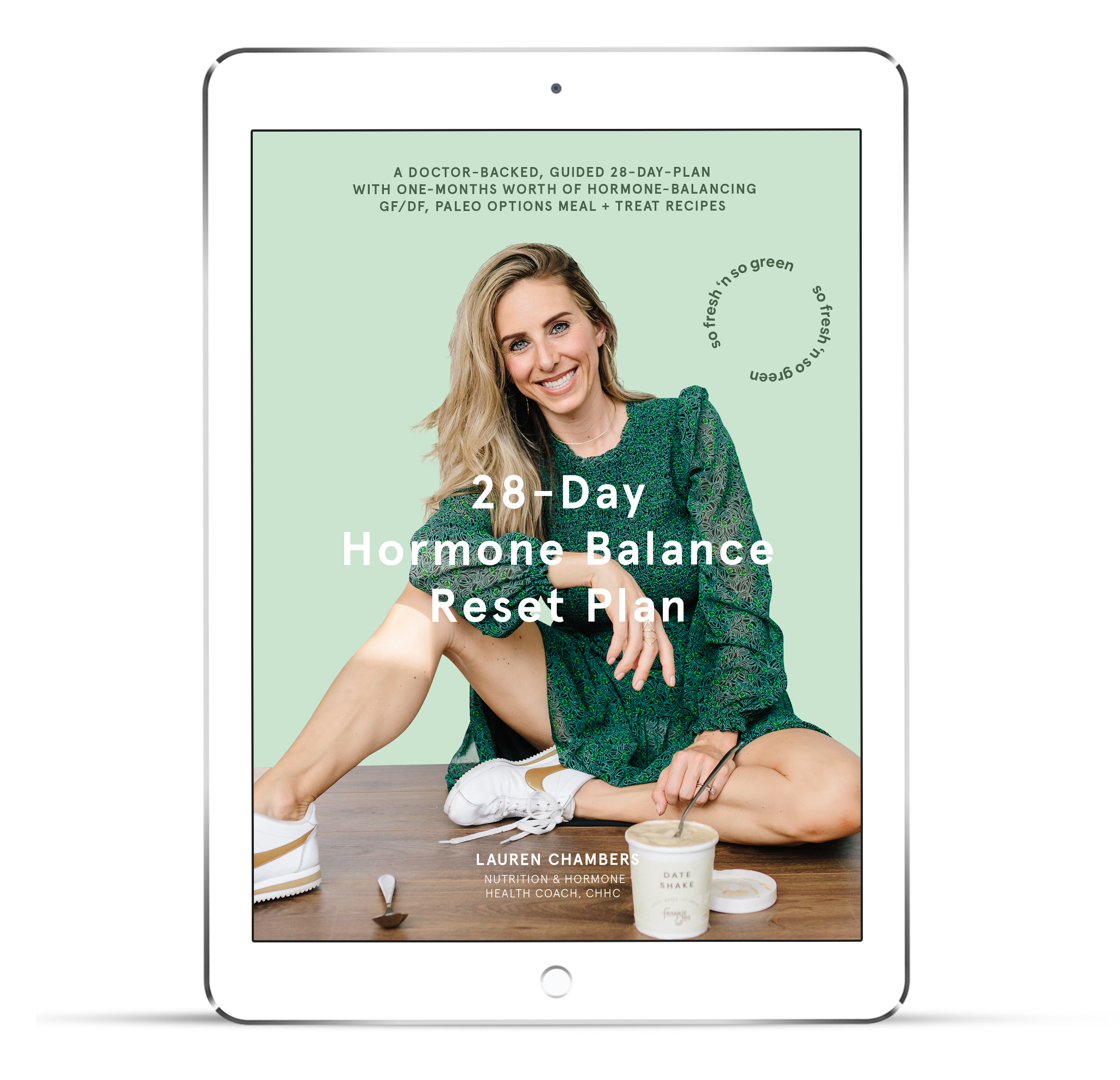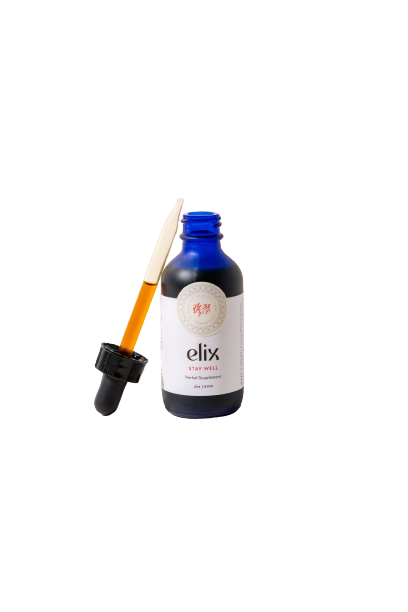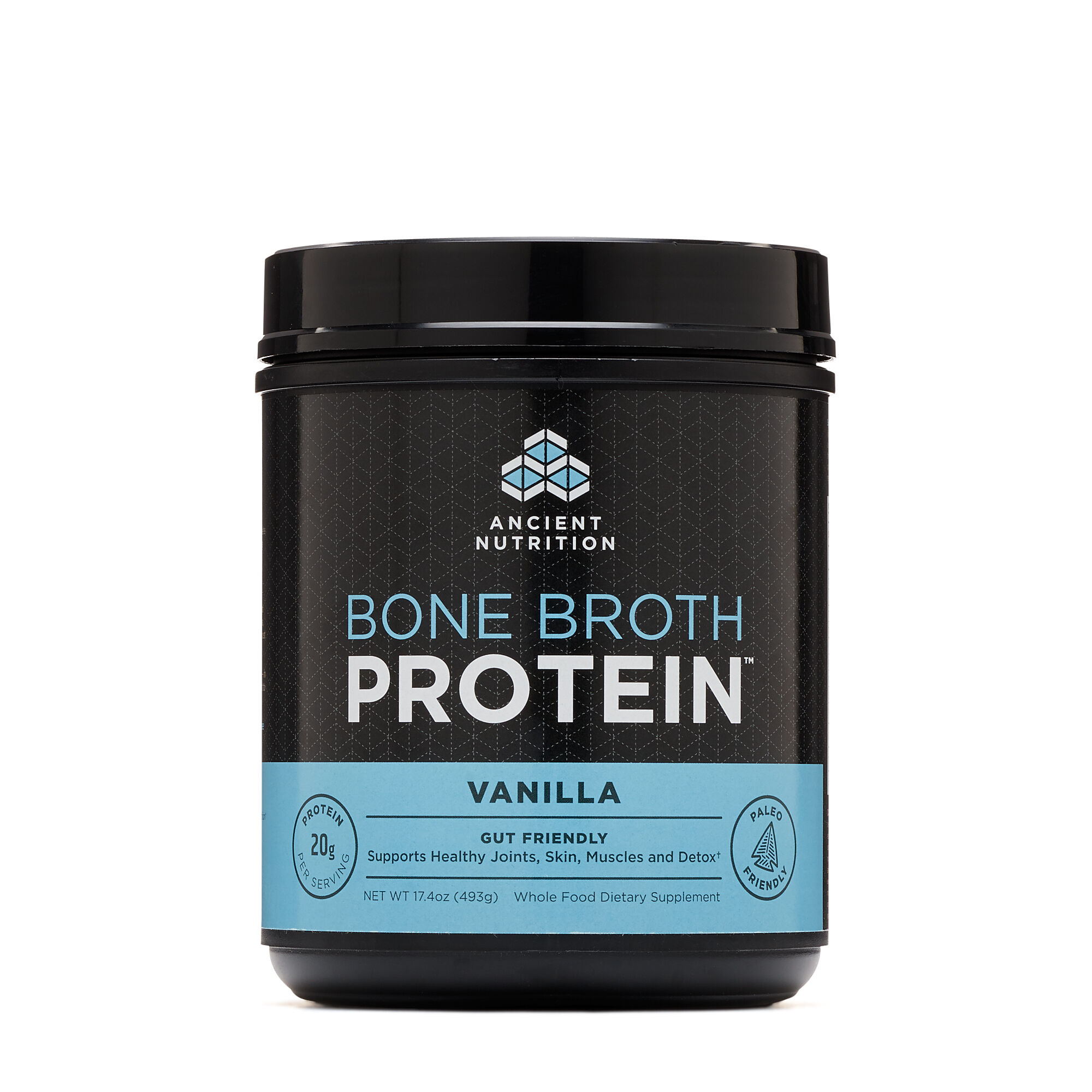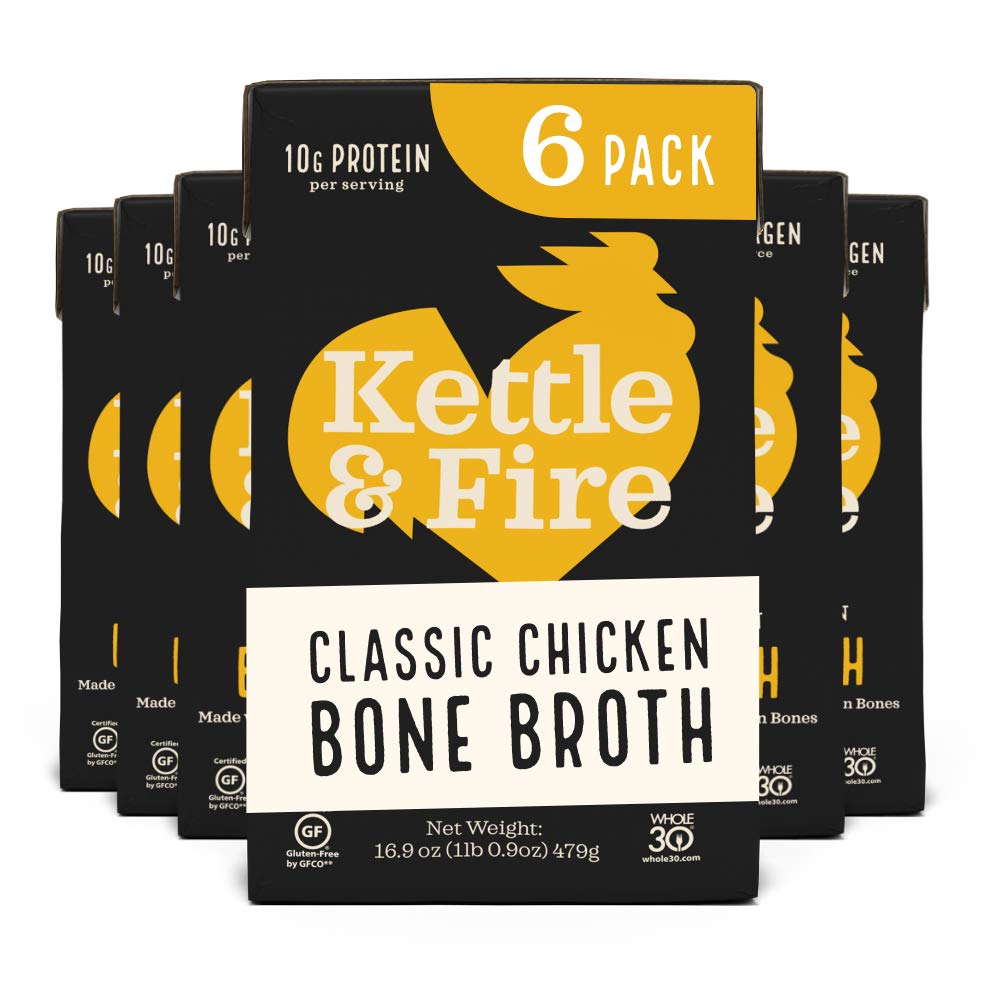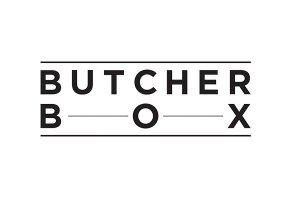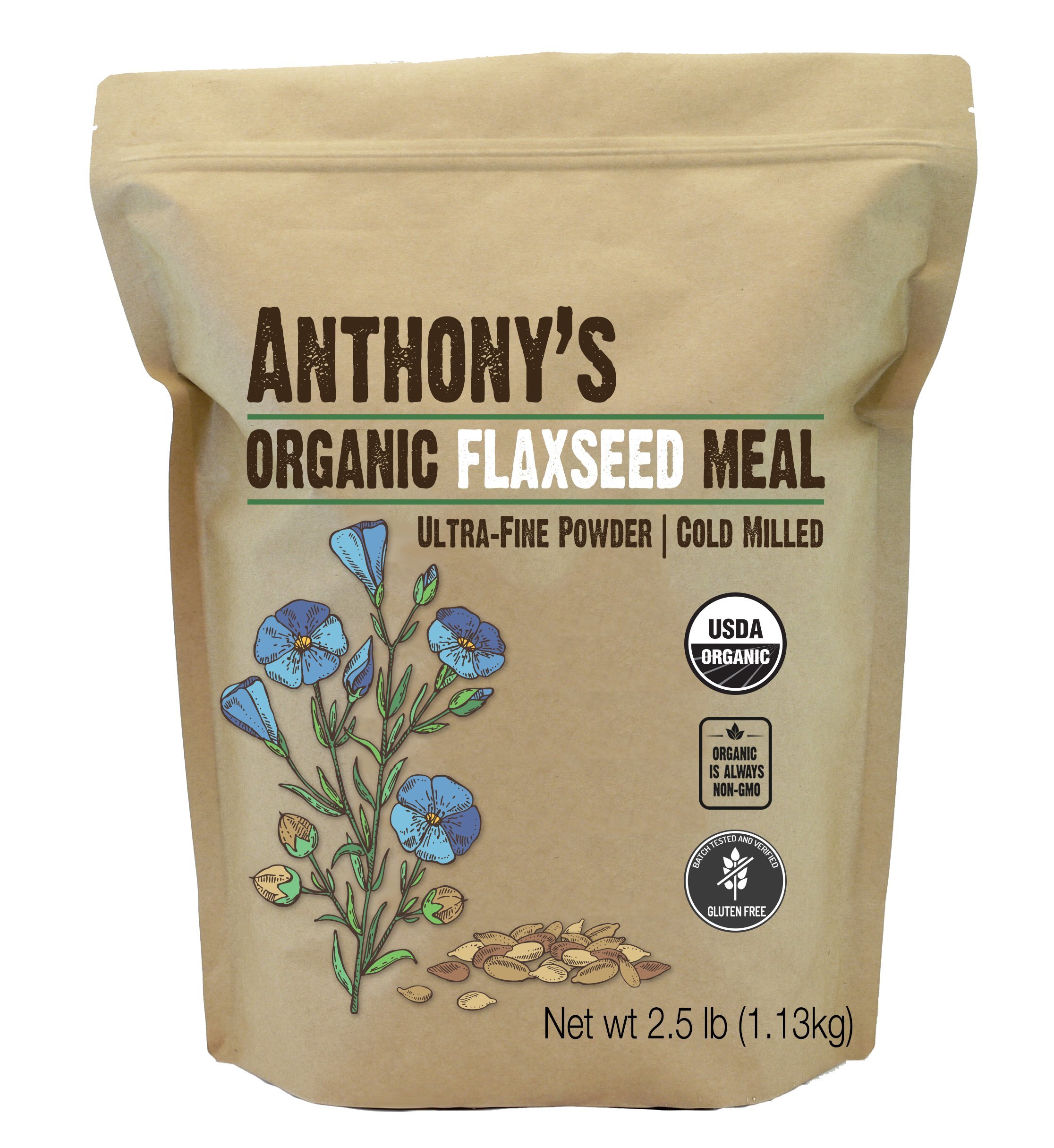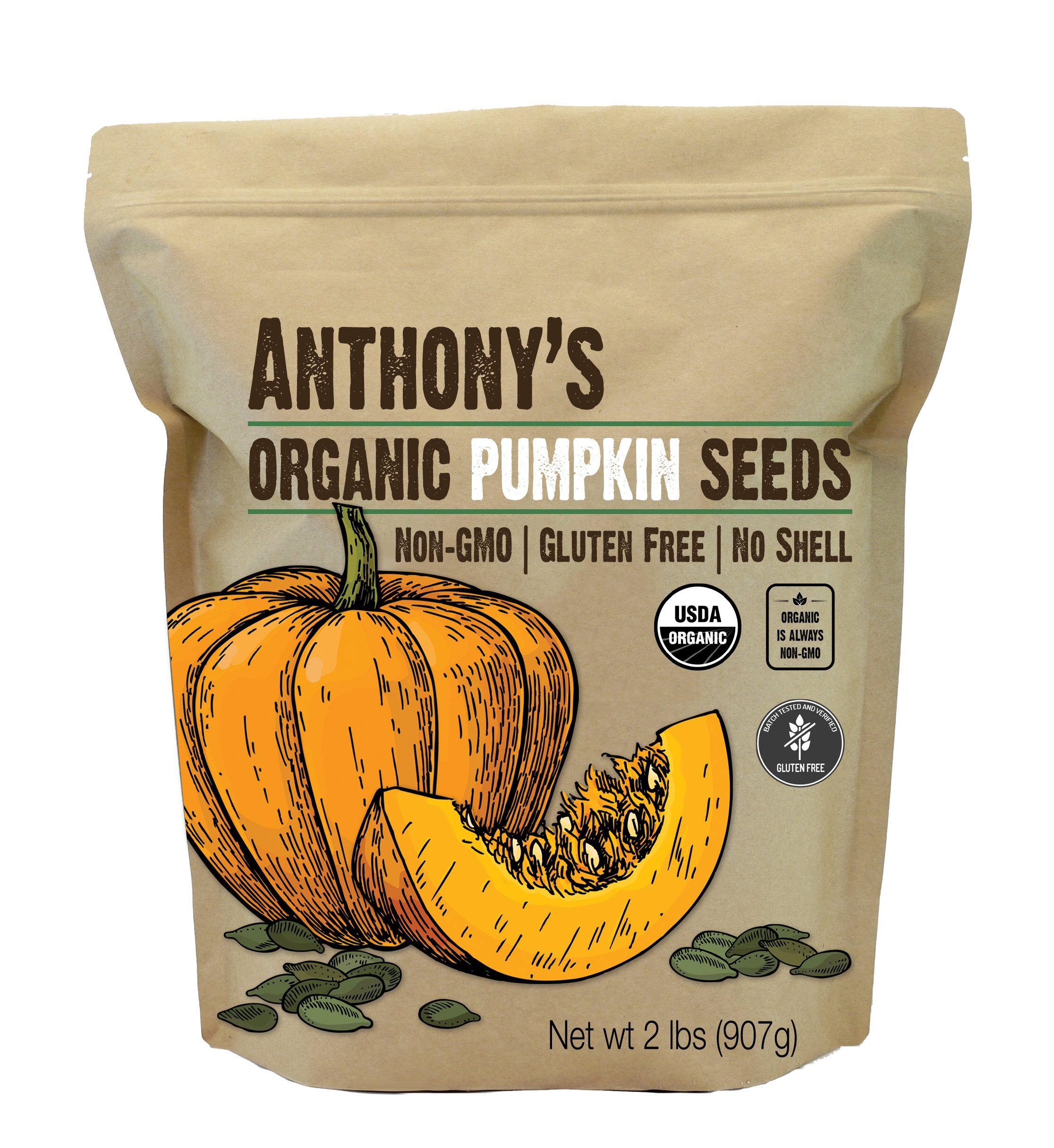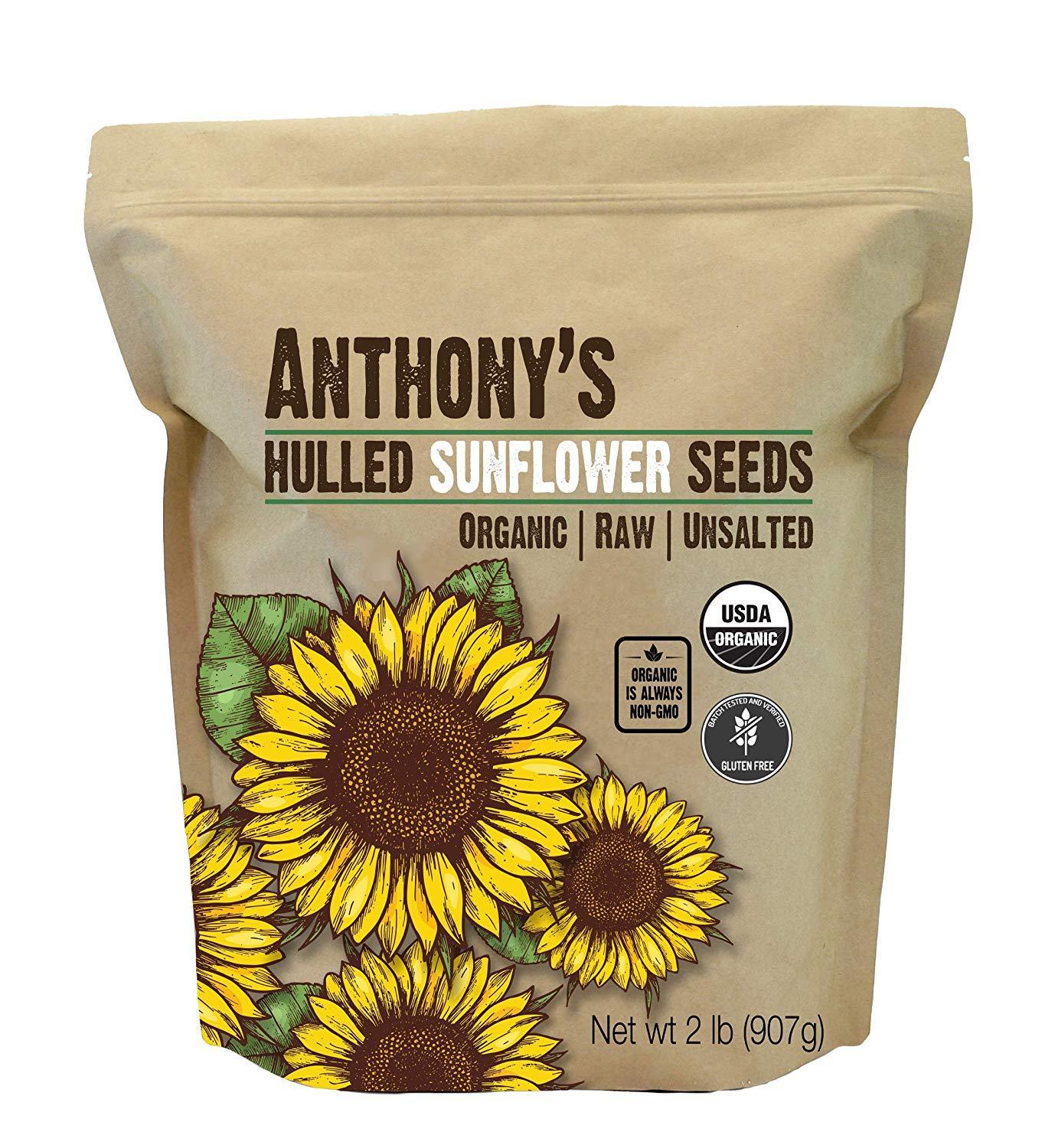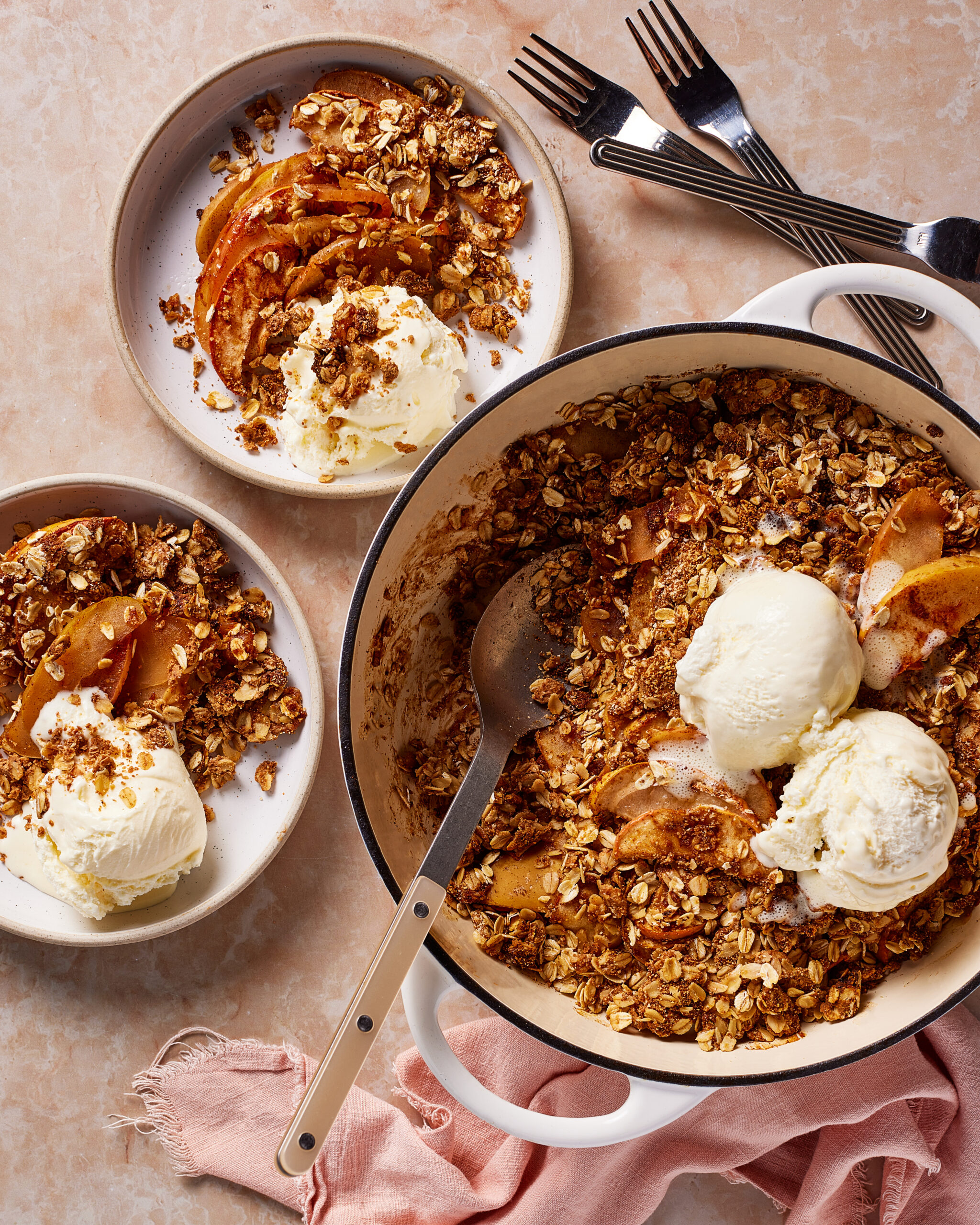recipes
lifestyle
wellness
motherhood
mindset
About
E-Books
Blog
Freebies
partnerships
hi, i'm lauren!
hey there!
I’m on a hot mission to help you balance your hormones & live your best life.
categories
Home
Quiz
Get In Touch
The Course
search:
Cookbook
CYCLE-SYNCING GUIDE — A Cheatsheet To Understanding + Supporting Your Monthly Menstrual Cycle
May 28, 2020
Recipe key
GF
VG
P
Vegan
Gluten Free
Paleo
DF
Dairy-Free
download now
Join Hormone Healthy Eats!
Become a SFNSG insider to get my monthly Substack, Hormone Healthy Eats! Packed with the latest hormone-healthy recipes
+ tips.
jump to recipe >
MY PERSONAL MENSTRUAL CYCLE JOURNEY
For most of my life, I never fully understood what was going on with my body or hormones each month other than the symptoms I’d experience. I had extremely painful periods, but the week leading up to menstruation was always the most dreaded due to major moodiness, carb cravings, bloating, breast tenderness and fatigue.
I hated dealing with the second half of my cycle, but I wasn’t aware another way of living with it existed. I thought this was just the name of the game, the way it always would be up until menopause.
When I went back to school specifically to study hormone health, my mind was blown. I absolutely could not believe, as women, we weren’t taught more about our female biology and hormonal rhythms.
That as women in our reproductive years, our hormones have an intentional flow each month, and it’s actually working to help us function and feel our best. That we have unique strengths during each of the four phases, and that supporting our hormones in different ways during these fluctuations not only works to eliminate uncomfortable symptoms (including PMS!) but help us truly thrive in every area of our life.
Our energy. Our productivity. Our mood. Our weight. Our fertility. Our mental health. Our confidence. Our libido. Our periods. Our brain function. Our focus. They’re all tied to our monthly menstrual cycle, and supporting this cycle can make all the difference between feeling depleted and off in these areas, to feeling balanced and our very best.
We do not have to be victims of our hormones, but instead we can become empowered by them. In this guide I’ll teach you how to understand and align with your menstrual cycle in order to tap into your true power, all month long.
THE FOUR PHASES OF YOUR MENSTRUAL CYCLE
If you are a woman in your reproductive years, your hormones follow an intentional flow through four different phases each month. Not only does this rhythm empower us with the incredible capability to procreate, but to tap into unique strengths and capabilities all month long.
Supporting these hormone fluctuations through each phase can empower you to access each gift and feel your best. But in order to do so, it’s important to understand what your hormones are doing in each of the four phases. Let’s break them down.
FOLLICULAR PHASE AKA INTERNAL SPRING
What’s Happening To Your Hormones During Your Follicular Phase:
This phase typically lasts 7-10 days and begins the first day after your period ends, when your brain releases follicle stimulating hormone (FSH) , stimulating the growth of follicles in the ovaries to prepare for ovulation. Your estrogen levels start to ramp up in order to thicken your uterine lining to prepare for possible implantation, while increasing testosterone begins to stimulate your libido.
As this happens, you’ll begin to experience a boost in energy, mood and cognitive skills (especially when it comes to complex processing tasks). You’ll start to feel more confident, powerful, bolder and willing to take risks.
How To Support Your Follicular Phase:
+ Nutrition
This is an important time to balance estrogen as it ramps up, as well as provide your body with plenty of healthy fats to ensure your body has enough energy to develop and release your follicle and sustain a healthy menstrual cycle.
+ Movement
Since your energy is higher, this is a great time for more strenuous and fast-paced workouts like HIIT, spin, hiking, running and cycling.
+ Mindset
Due to increased focus and creativity, this is an optimal time for initiating new projects, brainstorming and problem solving, dreaming, meal-planning, trying new things and stepping outside of your comfort zone.
OVULATORY PHASE AKA INTERNAL SUMMER
What’s Happening To Your Hormones During Ovulation:
Ovulation typically occurs between days 12-17 of your cycle and is short, usually only lasting two to three days. Right before ovulation, there’s a surge of luteinizing hormone, LH, which causes the dominant follicle to burst open and release its egg into the fallopian tube. The egg will be viable for roughly 12-24 hours, and if it’s not fertilized by sperm (which can live up to 5 days in the body), it will disintegrate.
Levels of estrogen and testosterone are at their peak during this phase, helping you feel magnetic, energetic, outgoing, confident and sexy while optimizing your creativity and communication skills. Your libido is running high, as your body is programmed to maximize genetic potential, so it will naturally get you in the mood during your window for fertility.
How To Support Your Ovulatory Phase:
+ Nutrition
Because your estrogen is at its peak, it’s helpful to eat foods that will support liver detoxification of potentially harmful excess estrogen. Think cruciferous vegetables (broccoli, kale, bok choy, cauliflower, brussels sprouts), as well as glutathione-rich leafy greens, tomato, bell pepper and berries.
+ Movement
Energy is at its highest level, giving you plenty to burn. Keep up with the intense workouts like HIIT or cardio-driven exercise.
+ Mindset
Girl, you are on fire during this phase — with focus, creativity, communication and energy at it’s peak! This is a great time to connect with friends or family (virtually), come up with a fun date-night activity at home, write, film or create content and have sex if you’re trying to get pregnant!
LUTEAL PHASE AKA INTERNAL FALL
What’s Happening To Your Hormones During Your Luteal Phase:
This phase typically lasts 12-16 days and occurs immediately after ovulation. Estrogen, testosterone and LH begin their decline while progesterone rises to stimulate the growth of the uterine lining in preparation for pregnancy (if not pregnant it will shed in the menstrual phase).
Emotionally during the first half of the luteal phase, you’re still riding high off of the effects of the ovulatory phase. However, as progesterone production increases, you’ll find yourself starting to wind down and a strong desire to complete tasks and get things done (much like the transition from summer to fall).Your brain is also hyperaware of details, causing you to notice things you may have overlooked previously.
It’s important to note progesterone stimulate the GABA receptor in the brain, which helps us feel relaxed and calm, so if you find yourself experiencing PMS symptoms such as feeling anxious, sad, irritable or trouble sleeping, it may be attributed to low progesterone.
How To Support Your Luteal Phase:
+ Nutrition
As your caloric and energy needs shift, your body requires more complex carbohydrates and b-vitamins to sustain energy and keep up with your increased metabolic rate. Think sweet potatoes, yams, squash, brown rice, quinoa, etc. as well as magnesium and fiber-rich foods to reduce fluid retention and balance blood sugar (i.e. leafy greens, dark chocolate, chickpeas and lentils, apples, walnuts, etc.) Don’t forget to drink plenty of water!
+ Movement
You may still have a lot of energy in the beginning of this phase, but it will likely decrease as you approach your period. Listen to your body and scale back on strenuous exercise if it no longer feels good, opting for lighter methods like yoga, pilates, walking or stretching.
+ Mindset
This is a phase of completion before the upcoming rest phase, so it’s a great time to finish tasks and projects, take care of to-do lists and chores, organize your home and office and add in more self-care practices as energy begins to wane.
MENSTRUAL PHASE AKA WINTER
What’s Happening To Your Hormones During Your Menstrual Phase:
This phase begins the first day of your period, and lasts approximately 3-7 days. Our period is the shedding of the endometrium, which is triggered by the quick drop in estrogen and progesterone. These hormones drop when your body gets the signal that an embryo has not been implanted in the uterus, therefore the cushy lining it prepared in preparation for a baby isn’t needed this round and the lining sheds as a result.
During menstruation, all of your hormones are at their lowest point. Your body is also working extra hard and losing nutrients with the loss of blood, making this an essential phase to rest and replenish. If there’s ever a time in the month to schedule in down-time and self-care, this would be it.
How To Support Your Menstrual Phase:
+ Nutrition
Opt for plenty of healthy comfort foods like soups, bone broth, stews, grass-fed animal protein and vitamin-rich smoothies to help replenish lost iron and mineral stores (from blood loss). Seafood, sea vegetables and even peanut butter work to remineralize your body with zinc.
+ Movement
Rest is key during this phase, but if you feel up to it you can incorporate gentle movement like walking, yoga or stretching.
+ Mindset
Both spheres of your brain are communicating powerfully during this phase, making it an optimal time for journaling, self-reflection, and tapping into your intuition. Any form of self-care (especially if it involves rest, heat or espom salt baths) will help lower cortisol and balance hormones during your period.
BOTTOMLINE
Understanding your monthly cycle is like being given a blueprint for your body and brain, empowering you to tap into your unique strengths all month long, as well as reduce any uncomfortable symptoms (like PMS) caused by hormone imbalances.
If you need more recipes, supplement, exercise or lifestyle recommendations to help you support each phase of your cycle in order to truly feel your best, be sure to check out my Physician-Backed 28 Day Hormone Balance Reset Plan!
OTHER RESOURCES YOU MAY FIND HELPFUL
+ Hormone Balancing Foods To Eat For Each Phase Of Your Cycle
+ 28-Day Hormone Balance Reset Plan
+ How To Have A Better Period
Shop My Cycle-Syncing Faves
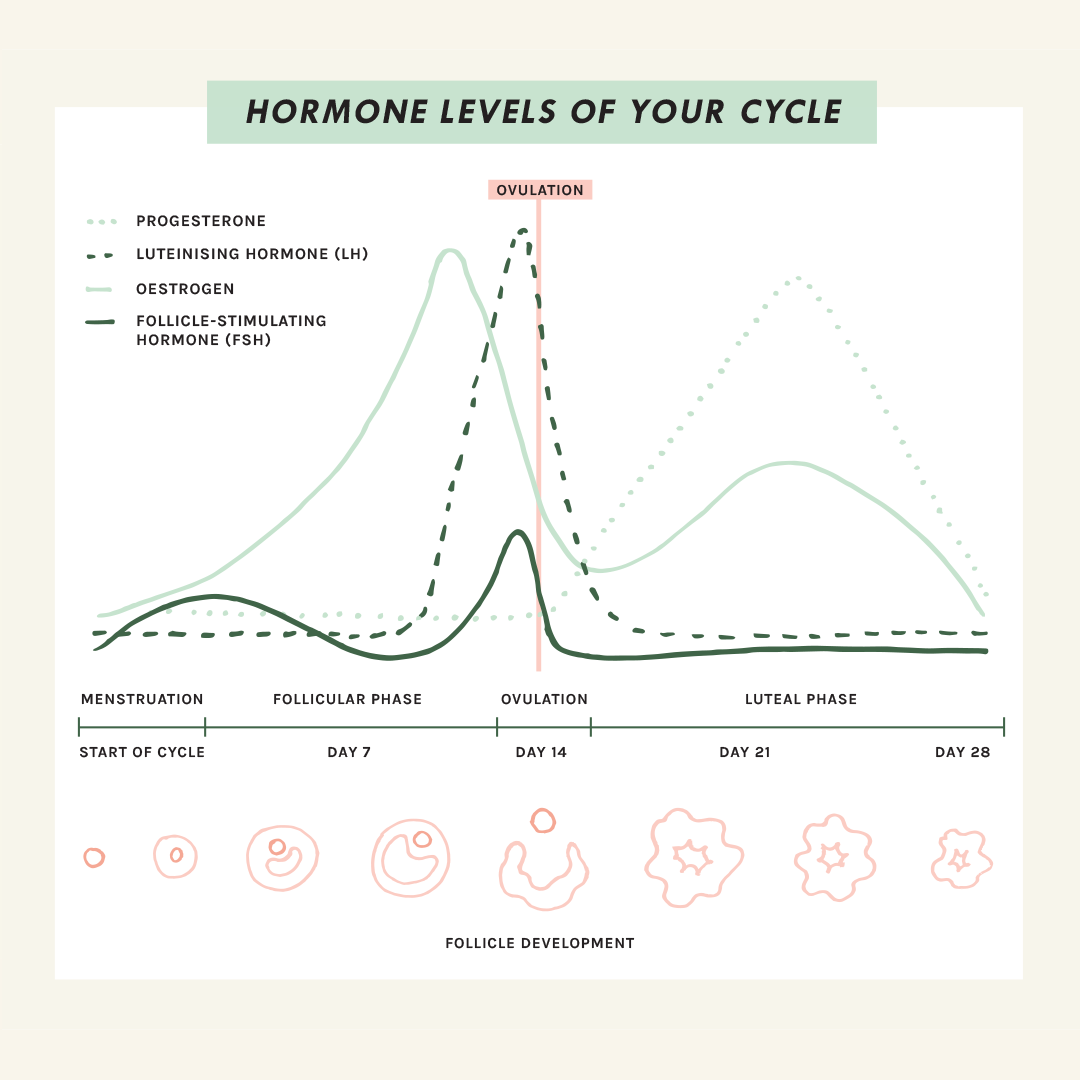
If you loved that...

01.
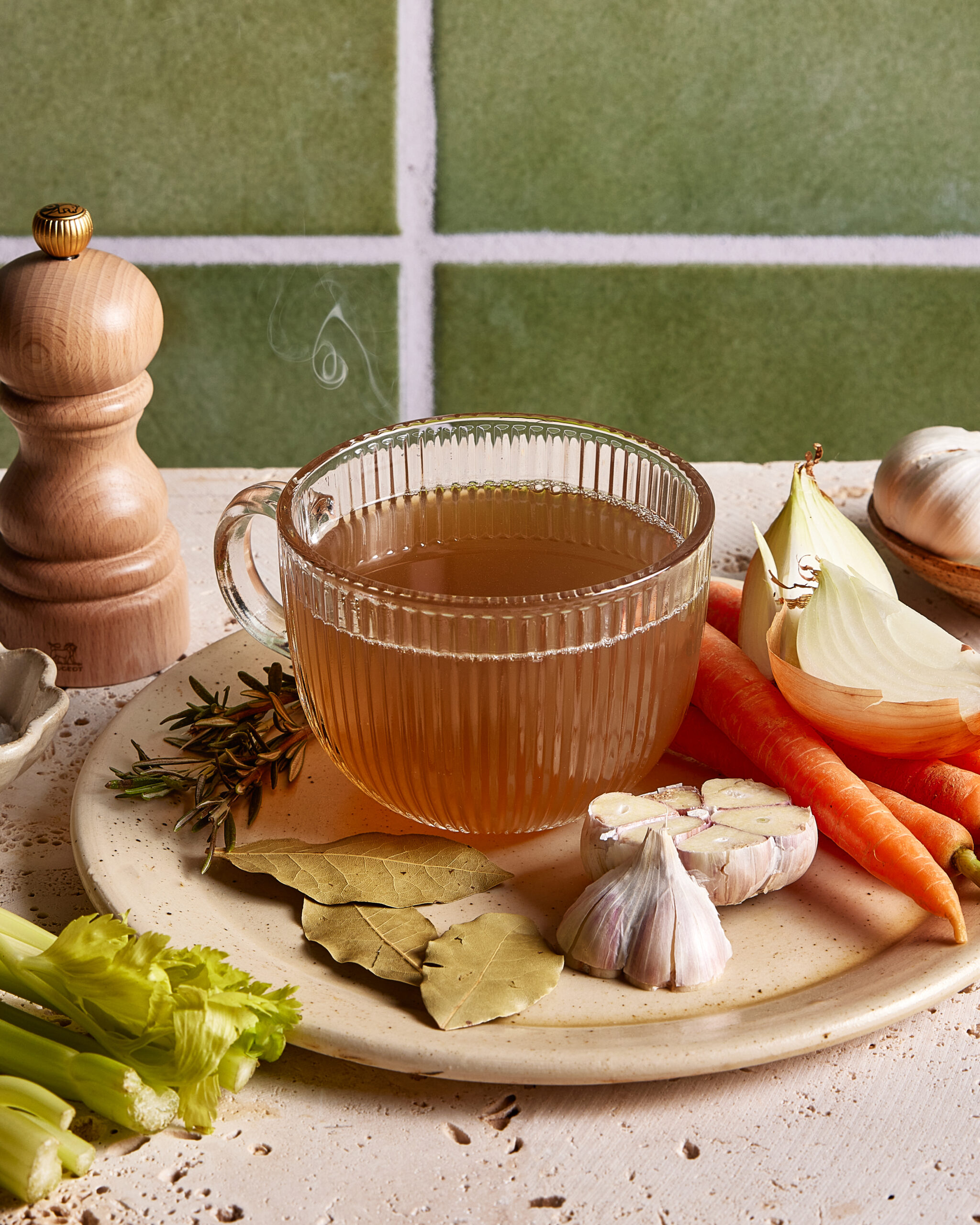
02.

03.
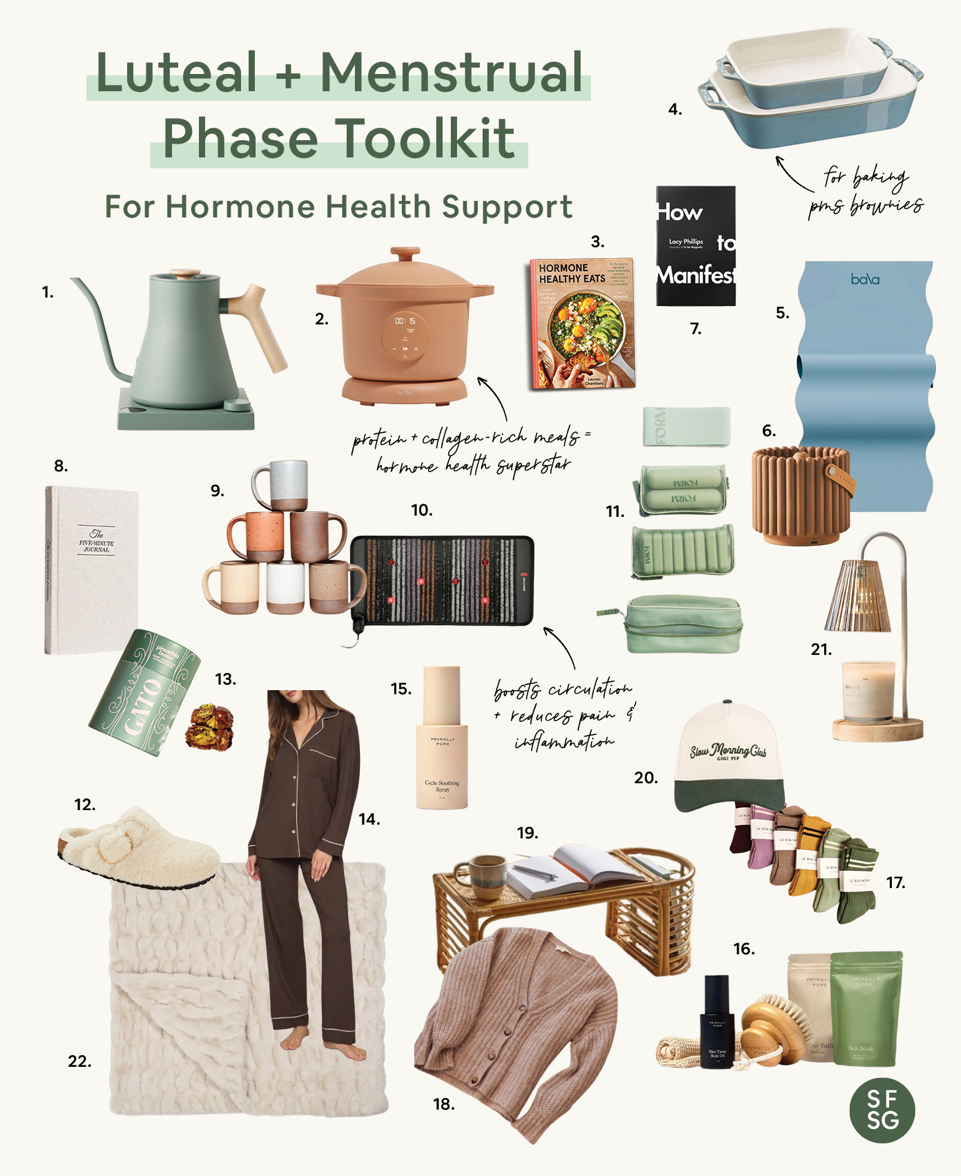
04.
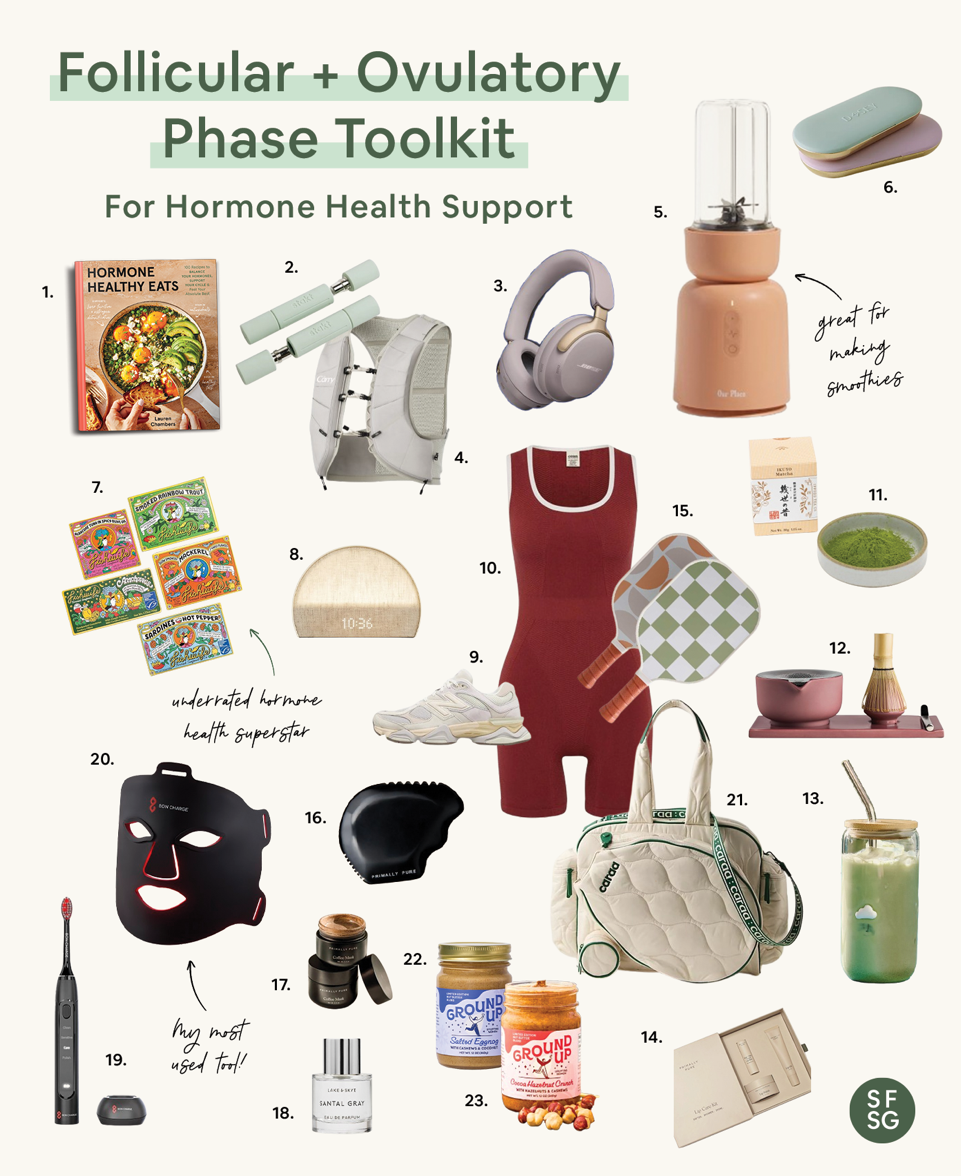
05.
hey!
Keep Browsing
Site
Keep Browsing
Site
the
about
e-books
blog
downloads
quiz
Welcome friend, I'm lauren.
I’m honored to support you on your journey to optimal hormone health + happiness. Thanks for being here babe.
